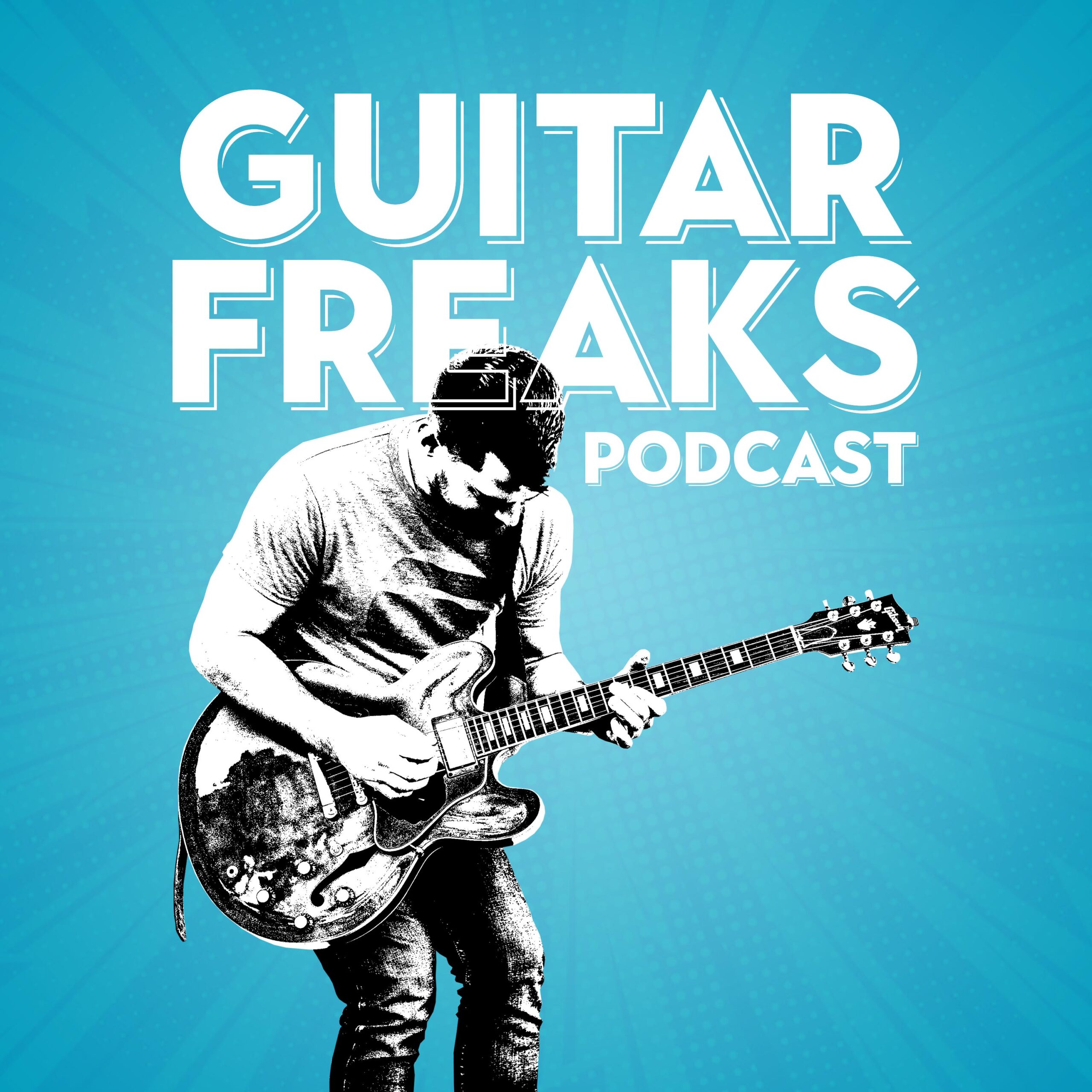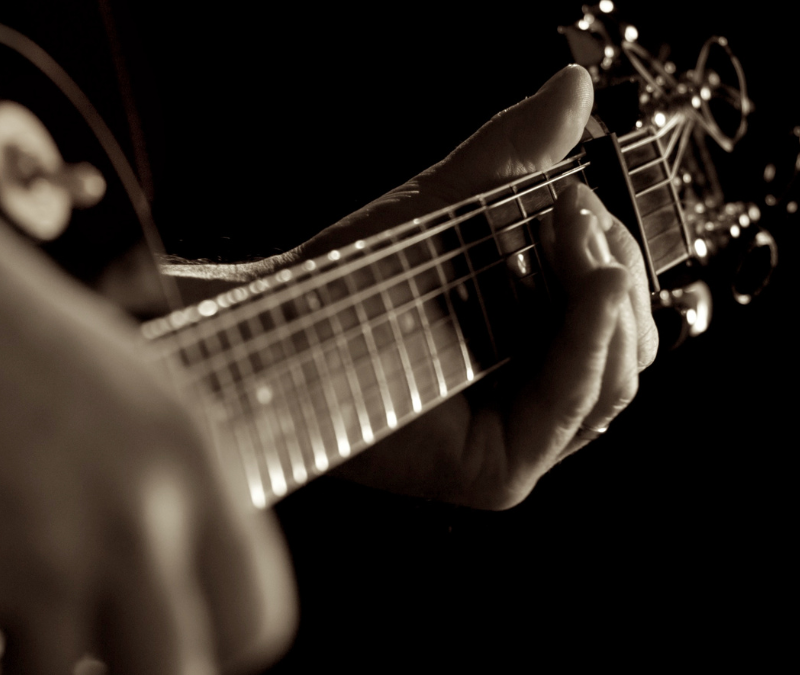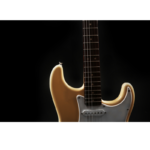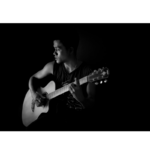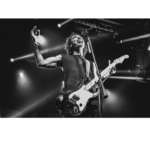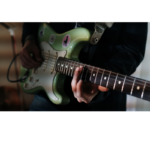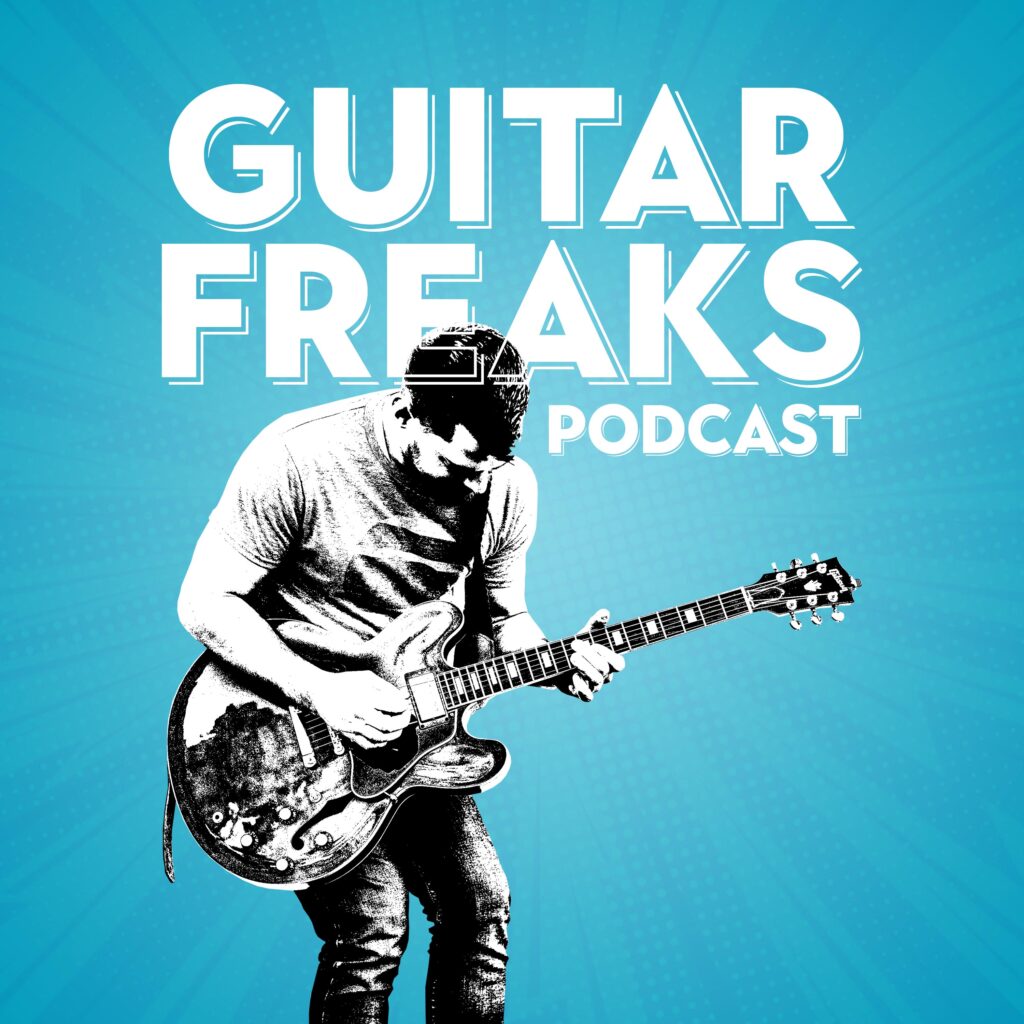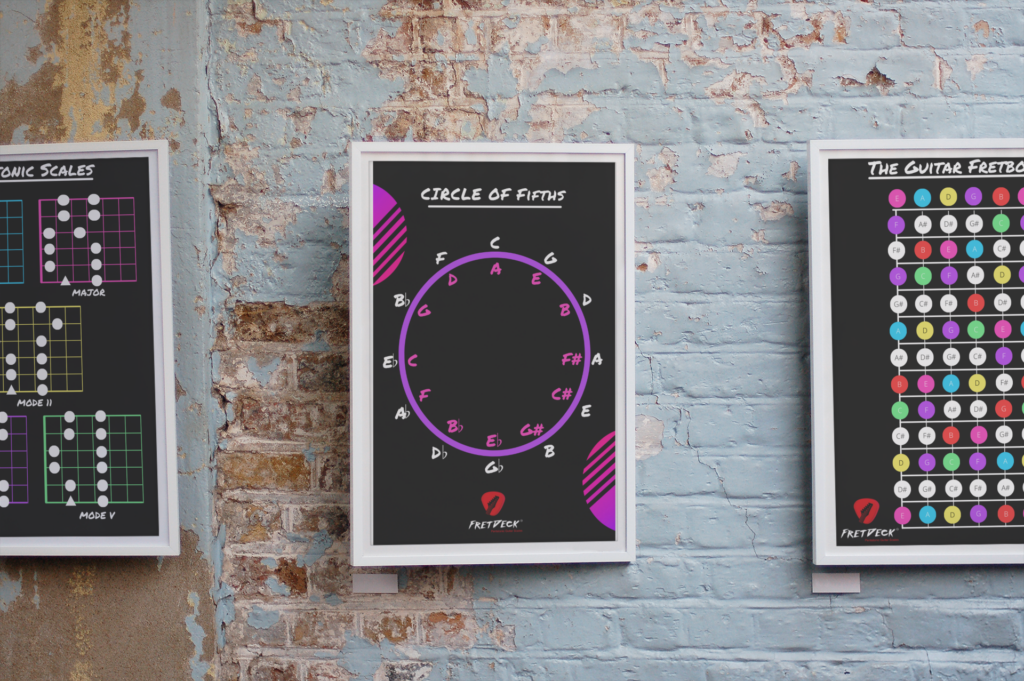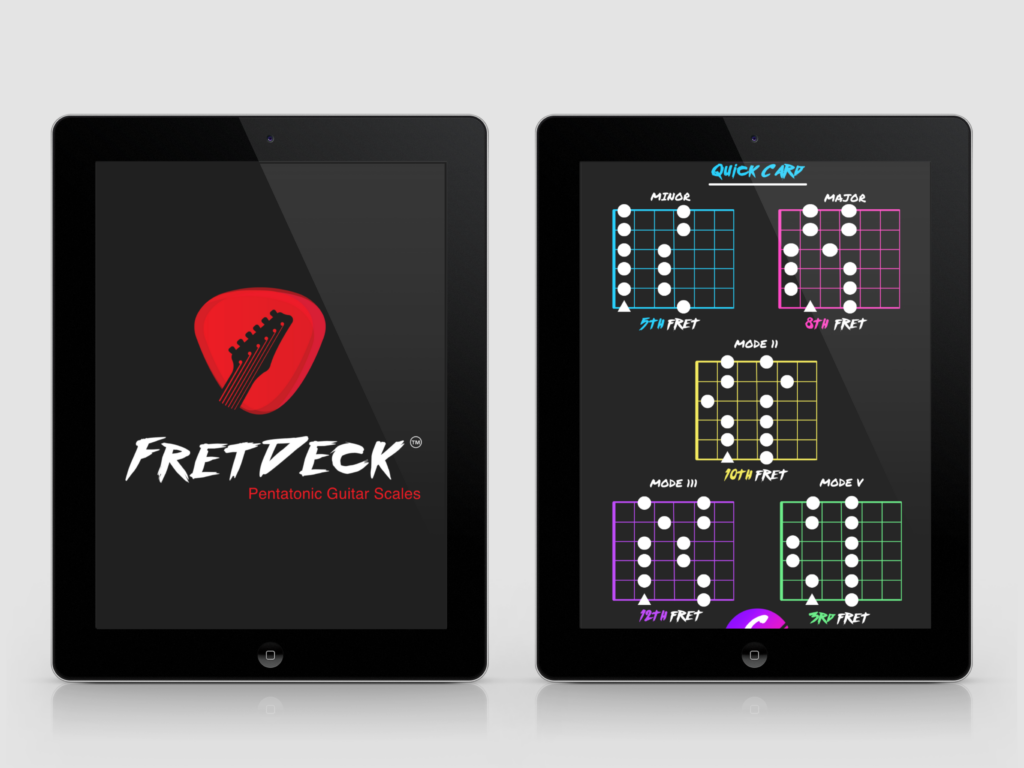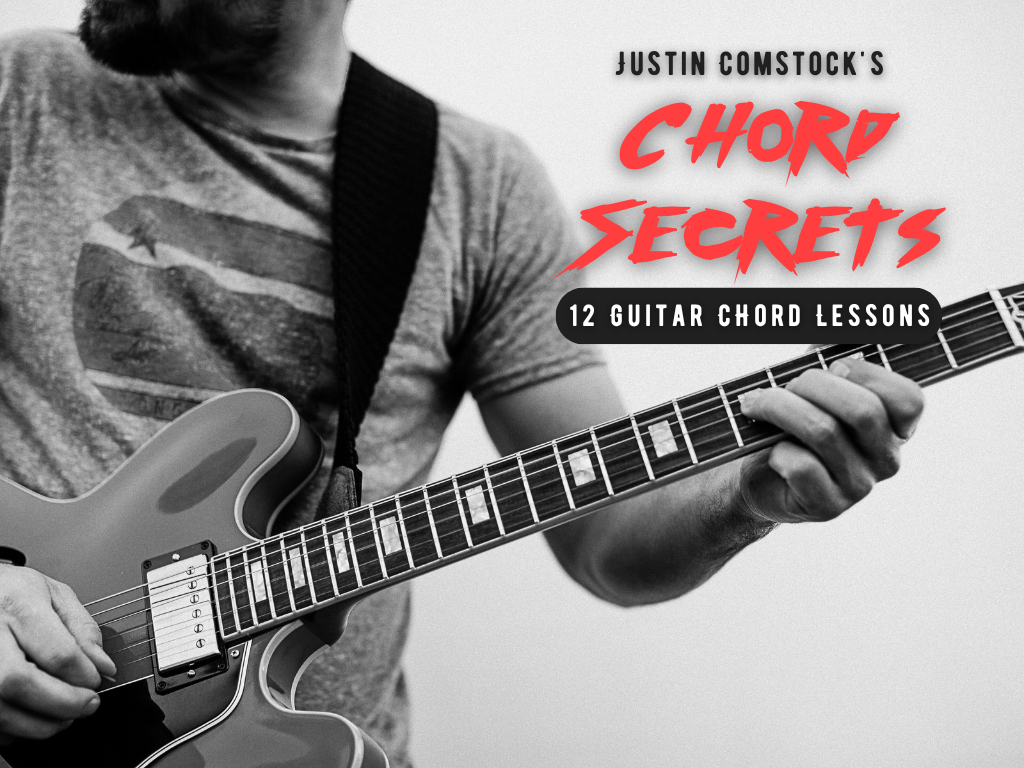There’s something timeless about the sound of Eric Clapton albums. Whether you first heard him burning through Chicago blues licks with John Mayall & the Bluesbreakers, bending psychedelic tones in Cream, or sitting down with an acoustic on Unplugged, Clapton’s guitar voice is unmistakable.
What makes it so enduring? Two things: clarity and emotion.
And beneath that clarity is a deep, fluent command of phrasing and fretboard vision that guitarists of every level can learn from.
In this guide, we’ll walk through key Eric Clapton albums—not just to appreciate the music, but to uncover the lessons hidden in his tone, scale choices, and phrasing. These are lessons you can apply to your own playing today.
Along the way, I’ll show you how tools like FretDeck and our Guitar Freaks Hangout community can help you achieve Clapton-level fluency on the fretboard.
Part I: Why Eric Clapton Albums Matter for Guitarists
Eric Clapton albums aren’t just records to spin—they’re textbooks in tone and phrasing.
Every era of his career shows us something different:
- The raw blues power of the Beano Album.
- The modal experimentation of Cream.
- The layered songwriting in Layla.
- The lyrical simplicity of Slowhand.
- The stripped-down mastery of Unplugged.
For players serious about improving their scales, unlocking the neck, and learning phrasing that breathes, Clapton’s catalog is a goldmine.
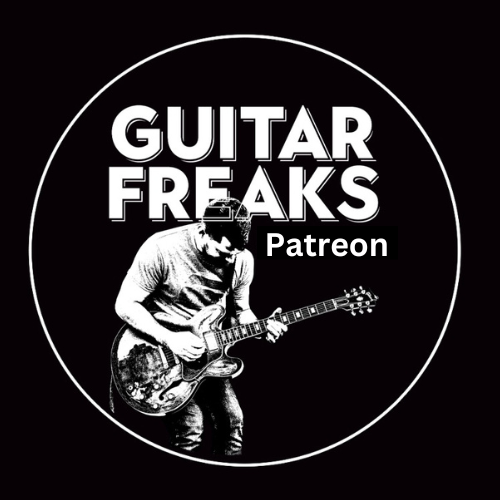
🎸 Join the Guitar Freaks Patreon!
Get SoloCraft™ E-Book & FretDeck™ FREE!
Join Guitar Freaks on Patreon and instantly unlock my full e-book SoloCraft & FretDeck™ Guitar Scales—your step-by-step guide to fretboard mastery and crafting soulful solos.
New video lesson drops every Friday so you’ve always got a fresh, focused practice plan for the week.
👉 Don’t miss out—join now and grab your free copy!
Part II: The Bluesbreaker Years – Clapton’s Pentatonic Foundation
Start with Blues Breakers with Eric Clapton (1966), also known as the “Beano” album. Clapton’s playing here is ferocious yet precise. He owns the A minor pentatonic scale, moving effortlessly between shapes and making every bend sound like a vocal cry.
👉 Practice Prompt:
Take your FretDeck, pull the A minor pentatonic Mode 1 and Mode 2 cards, and practice bending the 7th fret on the G string (D) up to E. That’s a Clapton signature move—simple, soulful, and endlessly expressive.
This album is proof that mastering the pentatonic scale can take you from ordinary to unforgettable.
Part III: The Cream Era – Experimentation Meets the Blues
Clapton’s tone in Cream—Disraeli Gears (1967) and Wheels of Fire (1968)—is dirtier, wilder, and more experimental.
Listen to “Sunshine of Your Love” and “White Room.” You’ll hear him blending blues phrasing with modal flavors. In “White Room,” Clapton hints at Dorian mode by slipping in the 6th note of the scale.
👉 Practice Prompt:
Play in D minor pentatonic. Then add the 6th (B). Notice how it changes the flavor from dark blues to something more open and modal.
With FretDeck’s modal expansions, you can practice these little tweaks until they become part of your vocabulary—just like Clapton.
Part IV: Layla and the Dominos – Layering Guitar Voices
Layla and Other Assorted Love Songs (1970) is a masterclass in layering. Songs like “Layla” and “Bell Bottom Blues” showcase how Clapton composes through the fretboard.
👉 Practice Prompt:
- Pick a key (C major works well).
- Use the C major pentatonic scale to outline chord tones.
- Add a second guitar part higher on the neck, using another shape.
This layering turns improvisation into composition. It’s why Clapton’s solos often feel like fully formed songs.
Part V: The ‘70s and ‘80s – Clapton’s Refined Simplicity
Albums like 461 Ocean Boulevard (1974) and Slowhand (1977) show Clapton stepping back from psychedelic fire and leaning into melodic storytelling.
Take “Wonderful Tonight.” It’s almost too simple. Yet millions of people remember it note-for-note. That’s not speed—that’s phrasing discipline.
👉 Practice Prompt:
Limit yourself to three notes from a pentatonic shape. Solo over a backing track. Focus only on phrasing, bends, and vibrato.
When you do this, you’ll discover what Clapton already knew: sometimes less really is more.
Part VI: Clapton Unplugged – Stripped Down, Still Masterful
In 1992, Clapton sat down with an acoustic guitar and changed the game again. Unplugged showed us that the man’s phrasing and fretboard confidence didn’t depend on overdrive or effects.
Songs like “Old Love” and “Tears in Heaven” highlight triads, arpeggios, and major/minor blends.
👉 Practice Prompt:
- Take a chord progression in A.
- Use triad shapes (CAGED system) up the neck.
- Fill the spaces with A major pentatonic lines.
This is Clapton’s genius: using simple tools in endlessly musical ways.
Part VII: Clapton’s Tone and Gear – Proof That Less Is More
From Gibson Les Pauls through Marshall amps, to Fender Strats like “Blackie,” Clapton’s tone has evolved. But the common thread is always touch and phrasing.
Tone isn’t in the pedalboard—it’s in your hands. Clapton showed us that decades ago.
👉 Tone Drill:
Turn your amp down. Play clean. Focus on control, dynamics, and feel.
Part VIII: Essential Eric Clapton Albums (and What to Learn From Them)
Here’s a curated list of essential Eric Clapton albums every guitarist should study:
- Blues Breakers with Eric Clapton (1966) – Pentatonic power, vocal phrasing.
- Disraeli Gears (1967) – Modal experiments, psychedelic tone.
- Wheels of Fire (1968) – Extended improvisation, Cream’s live firepower.
- Layla and Other Assorted Love Songs (1970) – Layered guitar arrangements, chord tone soloing.
- 461 Ocean Boulevard (1974) – Simplicity and restraint.
- Slowhand (1977) – Storytelling solos, melodic clarity.
- Unplugged (1992) – Acoustic mastery, triads and arpeggios.
Each of these albums gives you a different set of fretboard lessons.
Part IX: How to Practice Clapton’s Approach with FretDeck
Here’s how you can use FretDeck to internalize Clapton’s style:
- Use minor pentatonic cards for the Beano Album sound.
- Try modal expansions to capture Cream’s adventurous side.
- Layer triads and arpeggios for the Unplugged vibe.
- Challenge yourself with “less-is-more” phrasing prompts, like Slowhand.
👉 FretDeck Challenge:
Draw three cards: A minor pentatonic, C major pentatonic, and D Dorian. Create a solo connecting them across the neck. Record it. Then share in our Guitar Freaks Hangout for feedback.
That’s how you turn Clapton’s lessons into your own guitar voice.

❌ Stop Guessing. Start Shredding.
If you’re still fumbling through scale patterns and box shapes… it’s costing you progress.
FretDeck™ is the no-fluff system that shows you exactly how to master the fretboard—fast. Early access.
⚡️ This isn’t for dabblers. It’s for players who want results.
👉 Click here to join the pre-launch now
Early access. Limited rewards. Don’t wait.
Part X: Why You Need to Join Our Community Now
Listen, Clapton didn’t become “Clapton” by practicing in isolation. He grew by playing with others, sharing ideas, and challenging himself.
That’s exactly what our Patreon community delivers:
- Weekly practice prompts inspired by Clapton, Hendrix, and more.
- Exclusive access to ebooks like SoloCraft and Fret Logic.
- Digital FretDeck + practice challenges.
- A private Discord where you get feedback, gear talk, and jam sessions.
If you want to stop noodling aimlessly and actually sound like a guitarist with purpose, you need this.
👉 Join today and get my entire SoloCraft ebook plus digital FretDeck tools—free when you sign up.
Don’t wait. Clapton never did. He grabbed the guitar and went all in. Now it’s your turn.
👉 Join the Guitar Freaks Patreon today

🎸 Join the Guitar Freaks Patreon!
Get SoloCraft™ E-Book & FretDeck™ FREE!
Join Guitar Freaks on Patreon and instantly unlock my full e-book SoloCraft & FretDeck™ Guitar Scales—your step-by-step guide to fretboard mastery and crafting soulful solos.
New video lesson drops every Friday so you’ve always got a fresh, focused practice plan for the week.
👉 Don’t miss out—join now and grab your free copy!
Final Thoughts: Clapton Albums as Your Guitar Roadmap
Eric Clapton albums aren’t just music. They’re maps. They show us that:
- The pentatonic scale is infinite if you play it with soul.
- Tone lives in your touch, not your gear.
- Mastery comes from knowing the fretboard inside out.
If you want to sound like Clapton, and more importantly, sound like yourself with Clapton-level phrasing:
- Study these albums.
- Use FretDeck to practice the shapes and ideas.
- Join our Patreon + Guitar Freaks Hangout to get guidance, prompts, and community.
Because the road to tone and emotion doesn’t start with a new pedal. It starts with the next note you play.
✅ Check out my article Intermediate Guitar Lessons: Unlock Your Playing, Break the Plateau, and Discover Your Voice for more on how to level up your playing.
